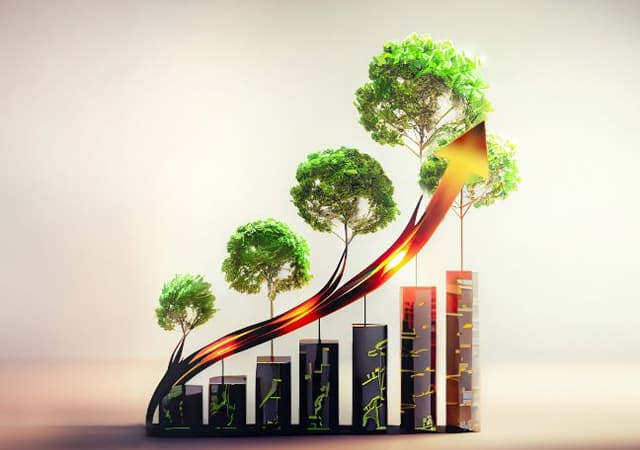Learning intentions:
Students will...
- investigate the economics of fire management and risk reduction practices, and how implementing First Nations peoples’ knowledge impacts these outcomes.
Success criteria:
Students can...
- explain how First Nations peoples’ fire management and risk reduction practices create economic, environmental and social benefits
- conduct a cost-benefit analysis of First Nations peoples’ fire management and risk reduction practices.

